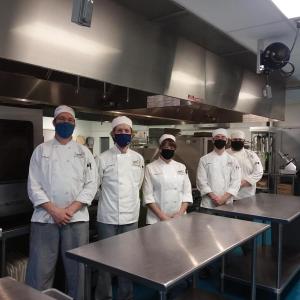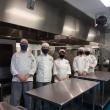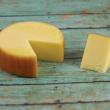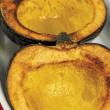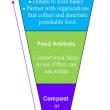KVCC culinary class learns to make delicious recipes out of upcycled food
 Students intThe Kennebec Valley Community College (KVCC) Culinary Arts program. Photo courtesy Jessica Reale Raahede
Students intThe Kennebec Valley Community College (KVCC) Culinary Arts program. Photo courtesy Jessica Reale Raahede
 Cheese ends. Photo by MetroCreative
Cheese ends. Photo by MetroCreative
 Apples. Photo by MetroCreative
Apples. Photo by MetroCreative
 Squash. Photo by MetroCreative
Squash. Photo by MetroCreative
 Maine Food Recovery Hierarchy. Graphic courtesy Maine Department of Environmental Protection
Maine Food Recovery Hierarchy. Graphic courtesy Maine Department of Environmental Protection
 Students intThe Kennebec Valley Community College (KVCC) Culinary Arts program. Photo courtesy Jessica Reale Raahede
Students intThe Kennebec Valley Community College (KVCC) Culinary Arts program. Photo courtesy Jessica Reale Raahede
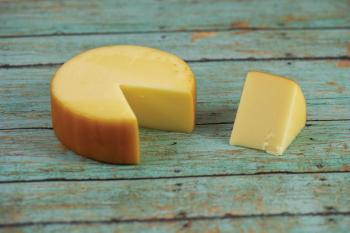 Cheese ends. Photo by MetroCreative
Cheese ends. Photo by MetroCreative
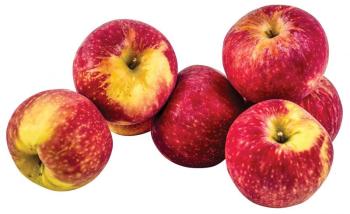 Apples. Photo by MetroCreative
Apples. Photo by MetroCreative
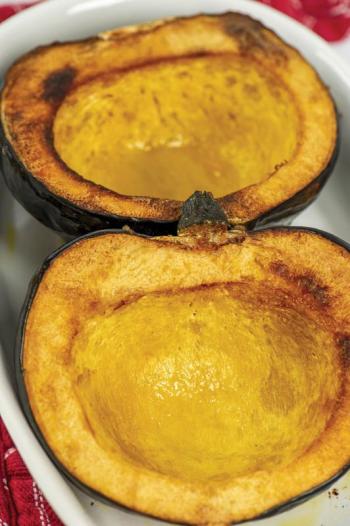 Squash. Photo by MetroCreative
Squash. Photo by MetroCreative
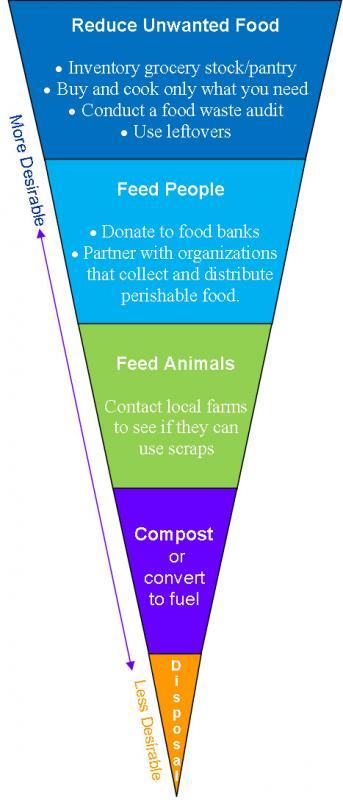 Maine Food Recovery Hierarchy. Graphic courtesy Maine Department of Environmental Protection
Maine Food Recovery Hierarchy. Graphic courtesy Maine Department of Environmental Protection
FAIRFIELD—The amount of food that is grown every year only to be thrown into a landfill is staggering.
The Kennebec Valley Community College (KVCC) Culinary Arts program tackled this national problem by partnering up with the University of Maine's Mitchell Center for Sustainability Solutions, an initiative to drastically reduce food waste. A research project to limit food waste has turned into a class project to educate KVCC culinary students about designing and developing their own food-based products from surplus food that would have otherwise been thrown away.
The USDA working off a 2010 baseline study estimated that approximately 133 billion pounds and $161 billion worth of food went to waste that year, which is the equivalent of 218.9 pounds of food waste per person.
Maine ranks at 12th in the nation and is first in New England for food insecurity, according to The National Resources Council of Maine, and 40 percent of the food that’s grown goes uneaten by the hungry people who need it most.
Students Get Creative With Surplus
With five students in her class, Jessica Reale Raahede, the Chef/Instructor for KVCC, developed a project that incorporated some of the lessons she was already teaching around the preservation of food, fermentation, and canning.
Simply put, she assigned her students surplus food from local farms and asked them to come up with unique recipes. The added challenge was to make the dishes shelf-stable for the long term.
“Some of the food grown by our local farmers can’t find a market, or it’s considered ‘produce-seconds’ because it’s not as beautiful,” she said. “Where our culinary program is farm-to-table cooking, part of our standards are to connect with local farms and work with their surplus to develop recipes that could either be handed off to food pantries or to develop a value-added product that could get on supermarket shelves.”
Three Delicious Recipes That Came Out Of This Class
The foods that Raahede chose to give groups in her class to work with were apples, squash, cheese ends, and skim milk.
“Winter in Maine is a tough time of year to find locally grown food, so we looked at our storage crops, which would include apples and squash that store well,” she said. “The dairy came from Pineland Farms as the most valuable product is the creamier part of milk to make cheese and cream. So, we took their leftover skim milk and the cheese ends.”
Similar to the culinary TV shows that focus on re-purposing food such as Netflix’s “Best Leftovers Ever!” the students experimented with recipe development and brought their best results before a jury.
The students who were assigned apples made an apple salsa.
“They made it with tomatoes and jalapenos and then canned it, which was really nice,” said Raahede. “It would be good with fish or a potato latke.”
The students who got squash made a squash soup and took that recipe even further, turning it into squash macaroni and cheese. “I thought that was an innovative way to use that vegetable, especially in how they also used some of the cheese from the Pineland Farms surplus,” said Raahede.
The students in the dairy group made a cheesy cracker with local Maine flour, similar to a Cheezit. “They had a few recipes that were very innovative and challenging, but their recipe had the potential for the broadest consumer appeal,” said Raahede.
Now that the students’ presentations are over, there is always the potential for students to take their ideas further with The Mitchell Center in an honors course that might re-purpose this surplus food for local food banks.
While Raahede said KVCC’s Culinary Program has no immediate plan to take any of these recipes to a commercial level, the success of this program has shown the public innovative ways to re-use food that would otherwise end up in landfills.
“Educationally, a big part of what we’re doing here at KVCC is discussing the ideas with the students about food insecurity in Maine,” she said. “We’ve always composted, but now tthese lessons are in the forefront of their minds on how to minimize that compost as much as possible. My hope is when my students go back to their home kitchens, they’ll adapt these lessons into choices around household waste. Additionally, we’re trying to prepare our students for the culinary industry, and if we can change that mindset as they go into the industry, it will have a domino effect.”
To get in touch with Raahede about her program or any other questions email: JReale@kvcc.me.edu
Kay Stephens can be reached at news@penbaypilot.com
Event Date
Address
United States

